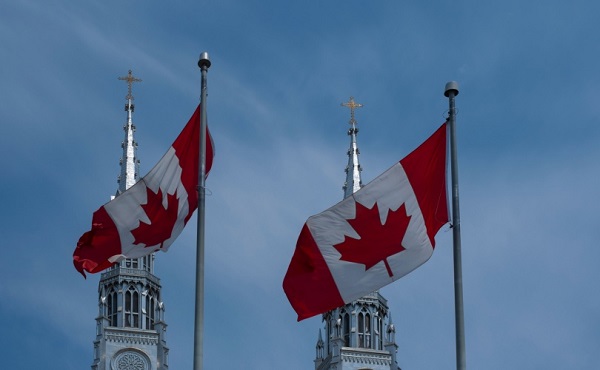Quick Hit:
The world woke up Friday to Trump’s tariff world order — with a rate-modifying executive order enforcing the terms of Liberation Day, imposing tariffs up to 41% on countries that failed to cut a deal with the United States.
Key Details:
- The executive order builds on Trump’s April Liberation Day proclamation, which declared chronic U.S. trade deficits a national emergency and imposed ad valorem tariffs on nearly 70 countries.
- Thursday’s follow-up order modifies tariff levels, effective seven days after signing, with full penalties up to 41% now locked in for countries that failed to reach meaningful trade or security agreements with the U.S.
- Transshipped goods — products routed through third countries to evade tariffs — will be hit with a flat 40% duty and no possibility for leniency. A blacklist of violators will be published every six months.
🚨 AUGUST 1ST.
President Donald J. Trump signs an Executive Order modifying reciprocal tariff rates, resetting decades of failed trade policies. America First 🇺🇸 pic.twitter.com/hsgQzlY1Uy
— The White House (@WhiteHouse) August 1, 2025
Diving Deeper:
President Donald Trump formalized a new phase of his Liberation Day trade strategy on Thursday, signing an executive order that rewrites tariff rates and tightens enforcement across the global economy. With this action, Trump’s long-promised “reciprocal tariff” regime is no longer a threat — it’s the new world order.
The executive order, issued from the White House Thursday, amends the original April declaration that framed persistent U.S. trade deficits as a national emergency. That earlier order imposed broad-based duties on nearly 70 countries. Thursday’s update locks in or adjusts those penalties depending on each country’s progress — or lack thereof — in negotiations with the United States.
For countries that reached or are nearing “meaningful trade and security commitments” with the United States, temporary rates will remain in place as agreements are finalized. For the rest, full penalties apply — with tariffs ranging from 10% to 41%, as outlined in Annex I of the order.
The European Union receives a tailored formula: if a product’s current U.S. tariff is under 15%, the new combined rate will be pushed to that floor. Goods already above 15% will not face additional penalties.
But the most aggressive provision of the order targets a growing tactic of tariff evasion — transshipping. Under Section 3, goods that are determined by Customs and Border Protection to have been rerouted through third countries to avoid tariffs will face an automatic 40% penalty. Mitigation or reduction of that duty is explicitly barred under the order.
Trump’s team will also release a biannual blacklist of known violators — naming countries and facilities involved in circumvention schemes. This list will inform public procurement, national security reviews, and corporate due diligence.
The order empowers the Departments of Commerce, Homeland Security, Treasury, and the U.S. Trade Representative to implement the policy, issue regulations, and take “all necessary actions” to enforce it.
Countries that failed to reach a deal by the deadline now face the consequences. Those still negotiating have little time left. And for businesses and governments around the world, the message is clear: American leverage is back — and it comes with a price tag.
















